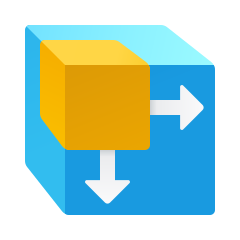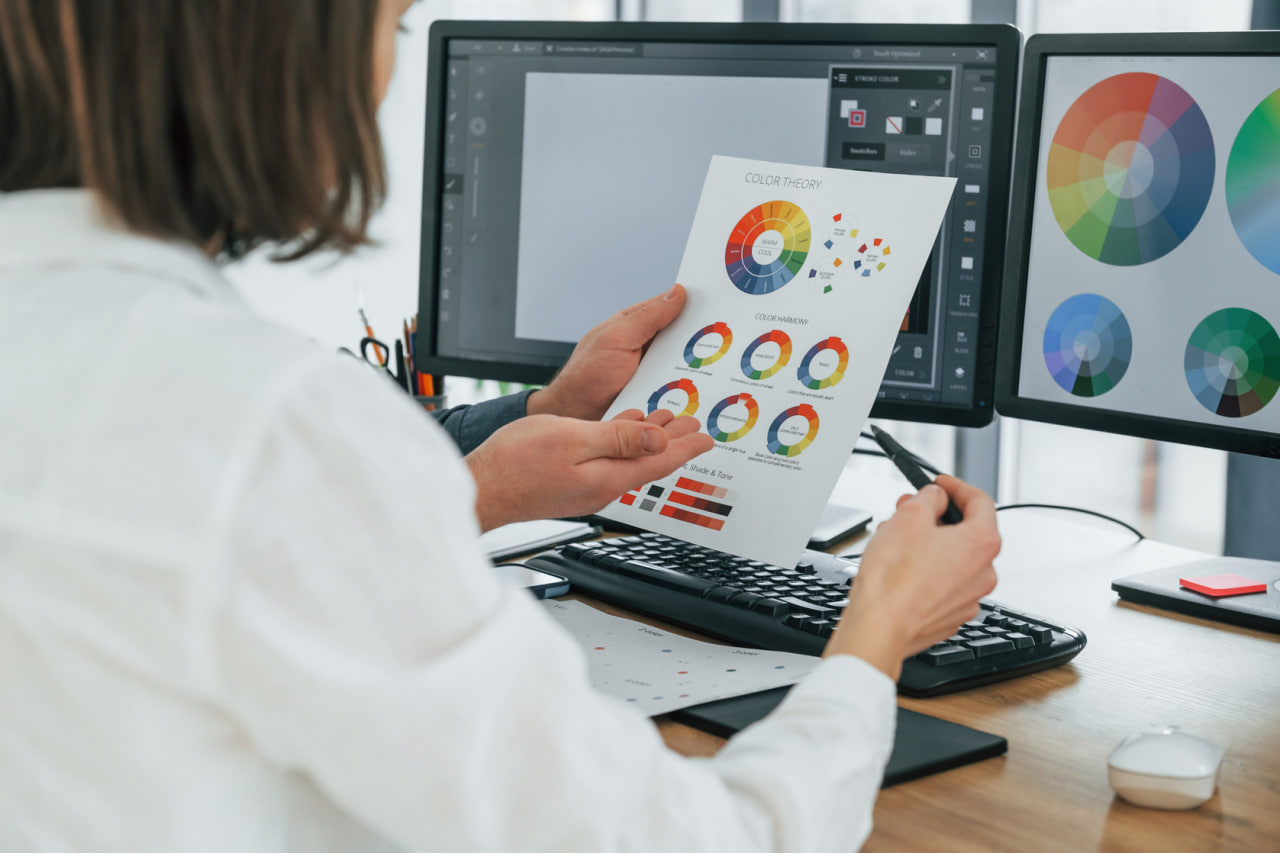The world of design is constantly evolving. Every year brings new visual languages, tools, and creative approaches that shape how we communicate and experience design. For beginners and professionals alike, staying aware of current trends is essential, not to copy them, but to understand the direction in which the design world is moving. This year is no different, as several trends are taking center stage across digital platforms, branding, and creative industries.
Minimalism with a Twist
Minimalism has been a dominant style in design for years, but it continues to evolve. Instead of relying on plain black-and-white palettes or rigid simplicity, modern minimalism embraces vibrant accent colors, playful typography, and subtle gradients. Designers are stripping visuals down to their essentials while keeping them lively and engaging. The result is clean but not cold, professional but still full of personality.
Bold Typography
Typography has become more than just a way to present text—it is now a core design element. Oversized fonts, experimental lettering, and custom typefaces are being used to create strong visual impact. Words themselves become part of the artwork, often paired with minimal imagery. For beginners, experimenting with bold fonts is a great way to make simple designs look striking without relying on complex graphics.
3D and Immersive Elements
With improved design tools and faster technology, 3D visuals are more accessible than ever. Designers are using three-dimensional illustrations, textured objects, and even motion graphics to create depth and immersion. Whether in websites, ads, or product packaging, 3D elements help brands stand out and engage audiences. For beginners, starting with basic 3D mockups or free modeling tools is a practical way to explore this trend.
Sustainable and Nature-Inspired Design
As global awareness of sustainability grows, design is reflecting this shift. Earth tones, organic textures, and natural shapes dominate many projects this year. Brands are adopting visuals that communicate eco-friendliness and authenticity. Hand-drawn elements, recycled textures, and earthy palettes remind viewers of a closer connection to nature. This trend is not only aesthetic but also communicates values that resonate with audiences.
Motion and Micro-Interactions
Static design is giving way to motion. From animated logos to subtle movements in apps and websites, micro-interactions enhance user experience and make designs more dynamic. Small animations guide attention, provide feedback, and add personality to digital interfaces. Even in social media, short looping animations are becoming a powerful storytelling tool. For beginners, exploring simple GIFs or animated text can be a great entry point.
Retro and Nostalgic Aesthetics
Designers are reaching into the past for inspiration. Retro styles from the 70s, 80s, and 90s are resurfacing, reimagined for modern contexts. Bright neon colors, vintage typography, and grainy textures create a sense of familiarity while feeling fresh. Nostalgic design is especially effective in marketing because it connects emotionally with audiences by evoking memories and cultural references.
Inclusive and Accessible Design
One of the most important trends is the emphasis on inclusivity and accessibility. Designers are focusing on creating visuals that are usable and welcoming for diverse audiences. This means high-contrast text for readability, culturally diverse imagery, and design choices that consider people with visual or cognitive differences. Accessibility is no longer optional—it is a standard that defines professional and ethical design.

